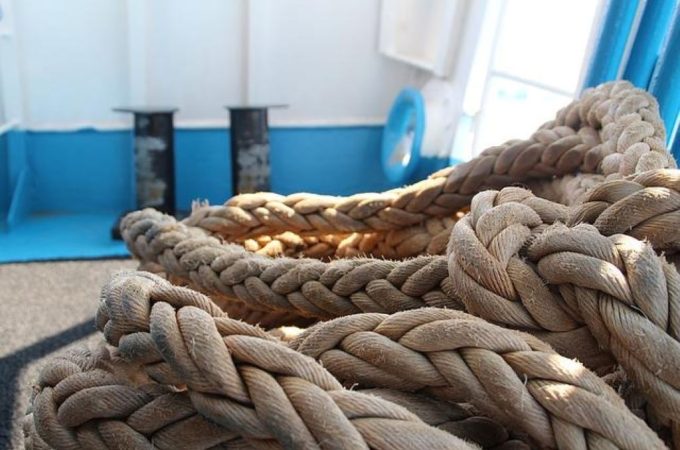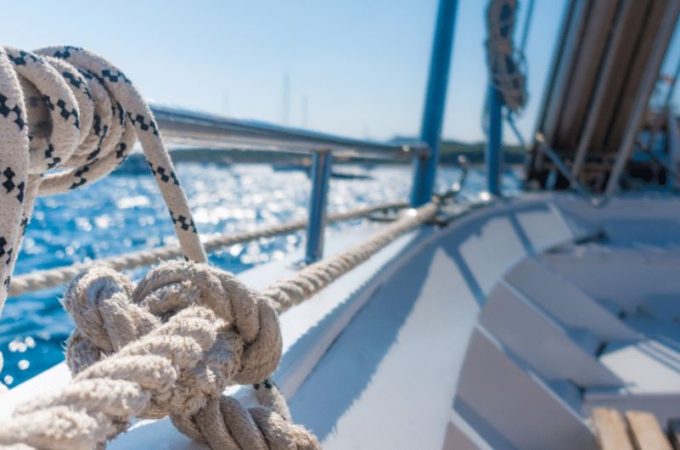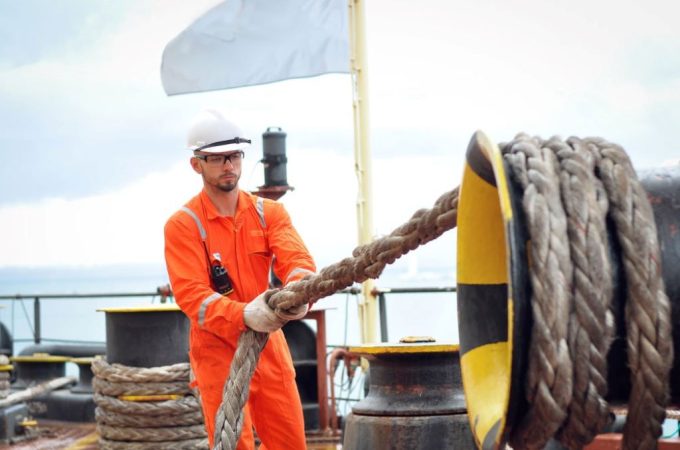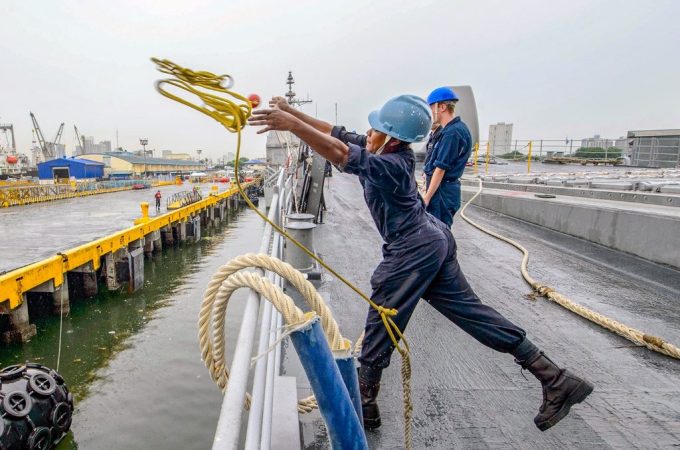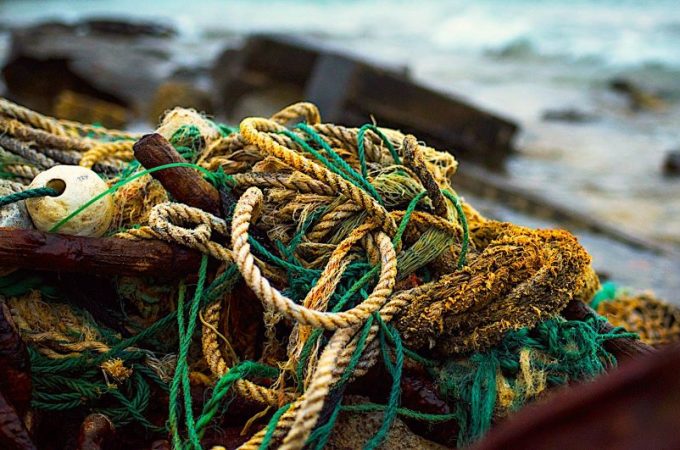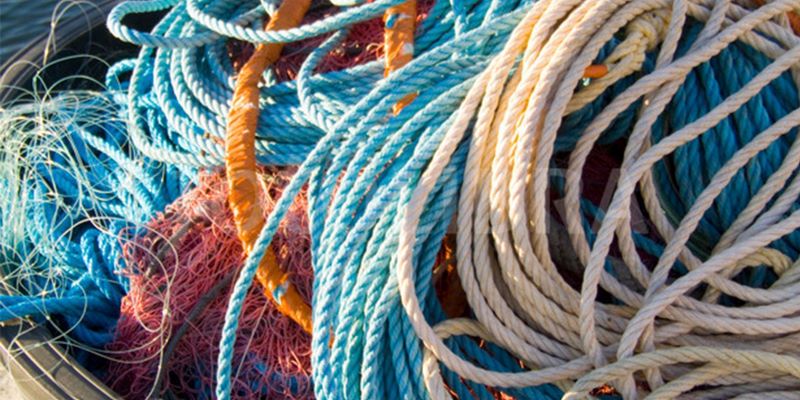
From Deck to Dock: How to Keep Your Fishing Ropes Reliable
Fishing ropes are the unsung heroes of every successful angling expedition. Whether you’re docking your boat after a long day on the water or securing gear on deck, the reliability of your ropes can make or break your experience. Yet, many boaters overlook the importance of proper rope selection, maintenance, and usage. This guide dives deep into how to keep your fishing ropes reliable—from dock lines to deck rigging—so you can fish with confidence and dock with ease.
Contents at a Glance
ToggleWhy Fishing Ropes Matter More Than You Think
Fishing ropes aren’t just tools—they’re lifelines. They secure your vessel, stabilize your gear, and ensure safety during unpredictable weather. According to BoatsGeek, dock lines are the only thing preventing your boat from drifting away or colliding with other vessels. A frayed or poorly chosen rope can lead to thousands of dollars in damage or even personal injury.
The average boat owner replaces dock lines every 2–3 years, but with proper care, they can last twice as long. Nylon ropes, for instance, stretch up to 16% of their length under load, absorbing shock from waves and wind. This elasticity makes them ideal for docking and mooring.
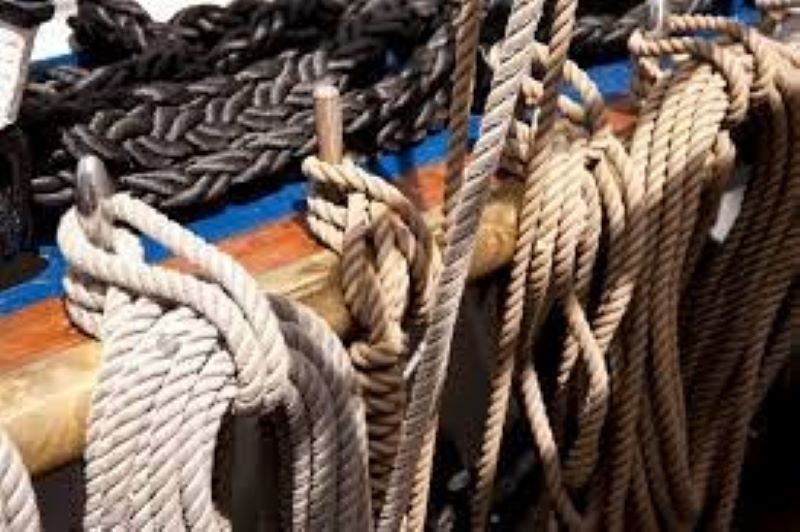
Choosing the Right Rope: Material Matters
Not all ropes are created equal. The material you choose affects durability, flexibility, and resistance to environmental stress.
- Nylon: The gold standard for dock lines. It’s strong, elastic, and UV-resistant. However, it loses 10–15% of its strength when wet.
- Polyester: Offers excellent UV resistance and minimal stretch. Ideal for static loads but less forgiving during sudden tension.
- Polypropylene: Floats and is inexpensive, but degrades quickly under UV exposure and has low tensile strength.
Experts at Micks Marine Maintenancerecommend nylon for most recreational boats due to its shock-absorbing properties and affordability.
Rope Diameter and Length: Size Does Count
The diameter and length of your rope should match your boat’s size and docking conditions. A general rule is:
- Boats under 20 feet: 3/8-inch diameter
- Boats 20–30 feet: 1/2-inch diameter
- Boats 30–40 feet: 5/8-inch diameter
Length depends on your docking setup. For transient slips, use lines 1.5 times the boat’s length. For permanent moorings, shorter lines may suffice.
Maintenance: The Key to Longevity
Proper maintenance extends the life of your ropes and ensures peak performance. According to Overton’s Boating Blog, coiling ropes correctly prevents tangling and reduces wear. Always coil laid ropes in the direction of their twist—clockwise for right-laid, counter-clockwise for left-laid.
Additional tips:
- Rinse ropes with fresh water after saltwater exposure.
- Store in a dry, shaded area to prevent UV damage.
- Inspect monthly for frays, mildew, or stiffness.
Neglecting these steps can lead to premature failure, especially in high-stress environments.
Knots and Techniques: Skill Meets Safety
Knowing how to tie the right knot is as important as choosing the right rope. The bowline, cleat hitch, and figure-eight knot are staples for any boater. Improper knots can slip or jam, compromising safety.
Practice tying knots under various conditions. Wet ropes behave differently than dry ones, and cold weather can stiffen fibers. Mastery of knots ensures quick, secure docking and gear management.
Environmental Factors: Prepare for the Unexpected
Fishing environments vary—from calm lakes to turbulent coastal waters. Your rope setup must adapt accordingly.
- Tidal shifts: Use longer lines with more slack to accommodate rising and falling water.
- Wind exposure: Double up on lines or use spring lines to stabilize the boat.
- Saltwater: Choose ropes with marine-grade coatings to resist corrosion.
Understanding your environment helps you anticipate stressors and prevent rope failure.
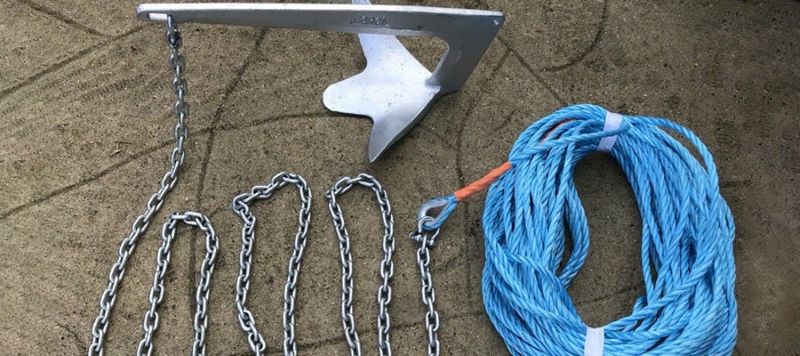
Common Mistakes to Avoid
Even seasoned boaters make errors that compromise rope reliability. Here are the top offenders:
- Using polypropylene for docking: It’s too weak and degrades quickly.
- Ignoring UV damage: Sunlight weakens fibers over time.
- Overloading ropes: Exceeding the breaking strength leads to sudden failure.
- Poor storage: Leaving ropes in damp or sun-exposed areas accelerates wear.
Avoiding these mistakes can save you money and keep your boat secure.
Featured Snippet: How Do You Keep Fishing Ropes Reliable?
Q: What’s the best way to keep fishing ropes reliable from deck to dock?
A: To keep fishing ropes reliable, choose high-quality nylon or polyester ropes suited to your boat’s size and environment. Regularly inspect for frays, rinse with fresh water, and store in shaded, dry areas. Coil ropes properly to prevent tangling and use appropriate knots for secure docking. Avoid polypropylene ropes for docking due to low strength and UV degradation. Adjust rope length and tension based on tidal and wind conditions. These practices ensure safety, longevity, and performance.
FAQs
- How often should I replace my fishing ropes?
Every 2–3 years, or sooner if fraying, stiffness, or UV damage is visible. - Can I use the same rope for docking and anchoring?
Not recommended. Dock lines require elasticity; anchor lines need strength and minimal stretch. - What’s the best rope for saltwater fishing?
Marine-grade nylon with UV and mildew resistance is ideal. - How do I prevent rope chafing?
Use chafe guards or sleeves at contact points like cleats and pilings. - Are thicker ropes always better?
Not necessarily. Match rope diameter to boat size and docking conditions for optimal performance. - What’s the safest knot for docking?
The cleat hitch is secure, easy to tie, and quick to release. - Can I repair a frayed rope?
Minor frays can be trimmed and sealed. Severely damaged ropes should be replaced.
Final Thought
Fishing ropes are more than accessories—they’re essential safety tools. From deck to dock, their reliability depends on smart choices and consistent care. Whether you’re a weekend angler or a seasoned mariner, investing in the right ropes and maintaining them properly ensures smooth sailing and secure docking. Read More: Top 5 Durable Fishing Ropes for Offshore Adventures
Ready to upgrade your gear?
Explore marine-grade ropes and accessories from trusted suppliers. Your boat—and your catch—deserve the best.

